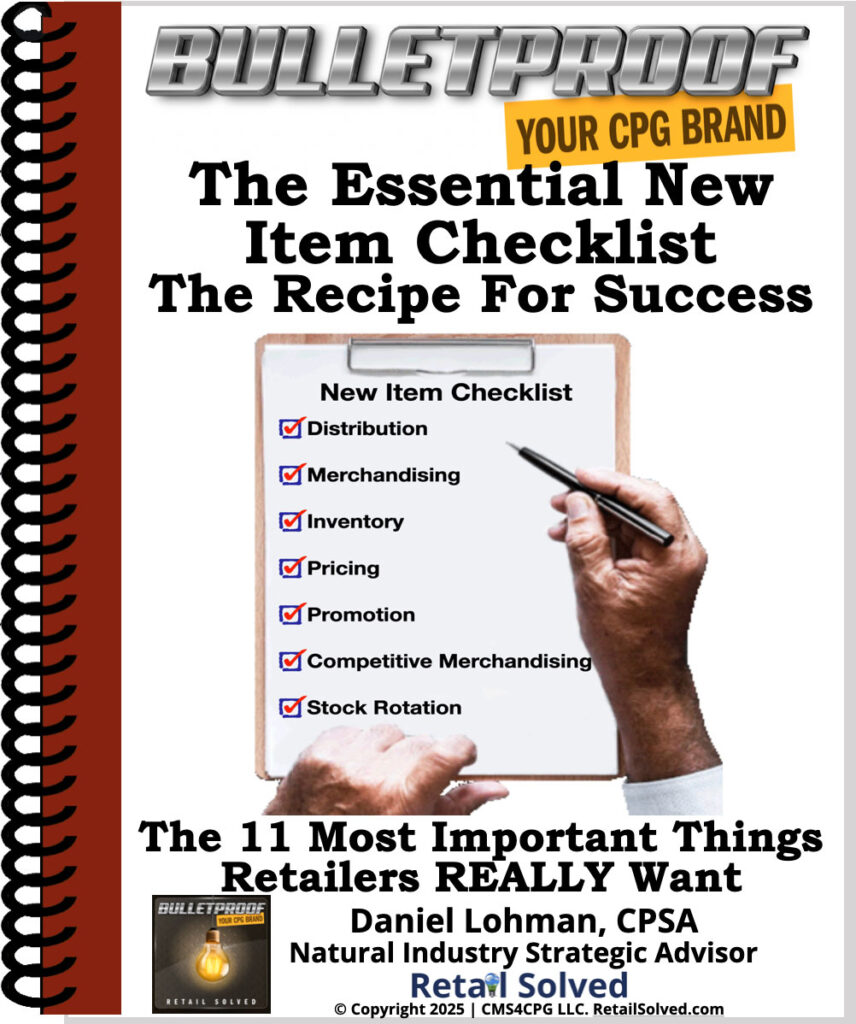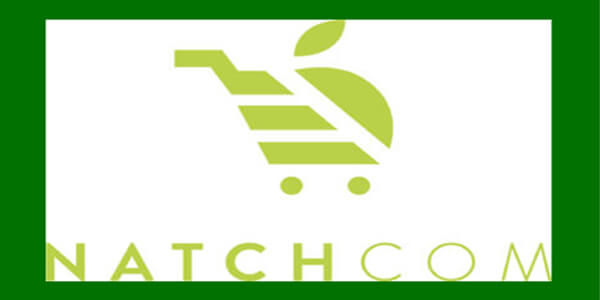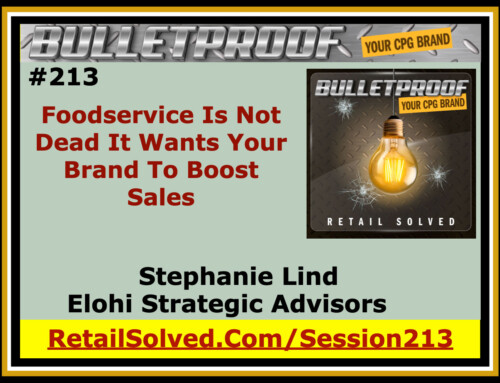This past week I had the privilege of attending and contributing to NatchCom for the first time. NatchCom is an event that brings together industry thought leaders in the digital and e-commerce space primarily focused on natural better-for-you brands.
I have long since maintained that brands need to have a multi-channel strategy. The old way of thinking where a brand would focus on one channel, primarily brick-and-mortar retail, is no longer sustainable. More importantly, a robust online strategy has the potential of giving brands more runway to grow sales and build a loyal community. An online strategy has the added benefit of allowing brands to test new product ideas and concepts quickly with less risk.
Getting a product onto retailer shelfs takes a lot of time, energy and effort. Every change made to their product requires brands to go through that process again. Having an online strategy allows brands to quickly test new product innovation, gain valuable feedback, and quickly iterate based upon virtual real-time customer input. This dramatically reduces the risk brands are faced with each time they make changes or add new products to their portfolio. The added benefit is that they can survey their loyal community for feedback – consumers who know, like, and trust their brand. While this can be a great way to engage and more intimately connect with their community, their insights are a lot more accurate and more valuable than using a generic focus group.
Brands must be available where their customers are shopping. I've always said that consumers can't buy your products if they can't find them. This is especially true today when it comes to where they shop for their favorite products.
Shopper buying habits have changed. Consumers have virtually unlimited choices. If they can’t find the product they want at one store, they can simply shop another including online. They look beyond the four corners of the package to research products, to learn more about them, get recipes, and product endorsements from people they trust. This content needs to exist on every brand’s website in addition to the selling page of every retailer.
Brands need to “own” their shoppers. Digital and online strategies allow brands to develop a fully integrated selling strategy that includes driving shopper engagement through the brand’s website and through their social media channels. This also allows brands the ability to develop a nurturing email strategy to inform, educate, and entertain loyal shoppers. This is the best way for any brand to grow beyond the confines of any retailer and appeal to a broader audience. Conversely, selling products in traditional retail reduces the ability for brands to interact with and build a community around their customers.
I learned a great deal at NatchCom listening to some of our industry thought leaders. They shared insights, tips, strategies, and case studies to help illustrate and drive home their points. The underlying theme throughout the conference was the importance of sharing a well-defined and clearly communicated brand selling story across every consumer touchpoint.A brand’s selling story communicates their identity along with their unique selling position. A powerful story is what connects a brand to their shoppers on an intimate level.
Amazon was at the heart of most of the conversations around digital and online strategies. They are the largest search engine for products and the best platform for shoppers to research brands no matter where they shop – including while standing in the aisle of a traditional retailer’s store. Presenters educated the audience on best practice strategies and innovative solutions to help ensure brand success while avoiding common pitfalls on the platform. This included using the brand’s social networks to drive traffic and consumer engagement on Amazon.
Facebook and Instagram took center stage for social media, highlighting their Creative Shop and several powerful, yet simple to use applications that brands can use to showcase their products. With their ability to exponentially increase viewer interaction and laser target specific consumers and look-alike audiences and drive traffic and brand awareness, this is a powerful resource to help brands engage more effectively with a broader audience.
Shopify was the preferred platform for brands wanting and needing to sell their products through their own website. It provides additional flexibility and incremental touch points to the brand’s shoppers. One interesting point I learned was that Shopify seemed to be the first point of contact for some brand’s shoppers to learn about products before they purchase them on Amazon and in traditional retail.
It's no secret that online sales continue to grow year-over-year. There is tremendous opportunity for brands to grow sustainable sales with a dual channel strategy – one that includes both online and traditional retail. Online grocery represents 5.5% of total grocery sales. Household penetration for online sales is only 21%, up 22% from previous year. Shoppers experienced with online grocery shopping are spending 61% more online according to Brick Meets Click (online share of weekly grocery spending).
This does not mean that traditional brick-and-mortar retail will be going away anytime soon. On the contrary, traditional retail allows shoppers to sample new items and instantly take possession of their purchase without having to wait for shipping. One of the biggest challenges that online retailers have is with food. Shoppers do not yet widely trust online retailers to choose products on their behalf, especially produce and fresh food.
My talk focused on Digital Strategies To Maximize Trade Marketing ROI. Trade marketing encompasses everything required to get your products into the hands of shoppers. The primary goal is to encourage new shoppers to try your product. Most of trade spending is wasted and ineffective. This is one of the most complicated challenges brands face. Digital and online adds an additional layer of complexity. Leveraging your digital and online strategies to drive sales in traditional retail is one of the most underutilized strategies brands can use to drive sales across all channels and engage new customers.
I plan to add several courses focused on this to my suite of mini courses to address these challenges and help brands get their products onto more retailer’s shelves and into the hands of more shoppers – Empowering Brands | Raising The Bar.
I look forward to next years event and I encourage all natural brands to attend. Knowledge is power. Digital and online strategies can give you a significant and substantial competitive advantage. Learning from the experts is the best way to maximize the strategies and avoid the pitfalls that derail others.

The Essential New Item Checklist – The Recipe For Success
Want A Competitive Edge? The Recipe For Success
New product innovation is the lifeblood of every brand. New products fuel sustainable growth, attract new shoppers and increase brand awareness. Learn the critical steps to get your product on more retailer’s shelves and into the hands of more shoppers. Maximizing your trade marketing can pour rocket fuel on your launch.
Image is the property of CMS4CPG LLC, distribution or reproduction is expressively prohibited.





